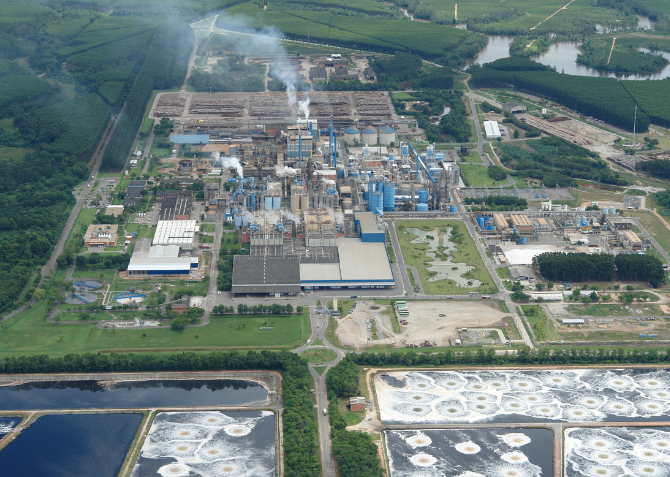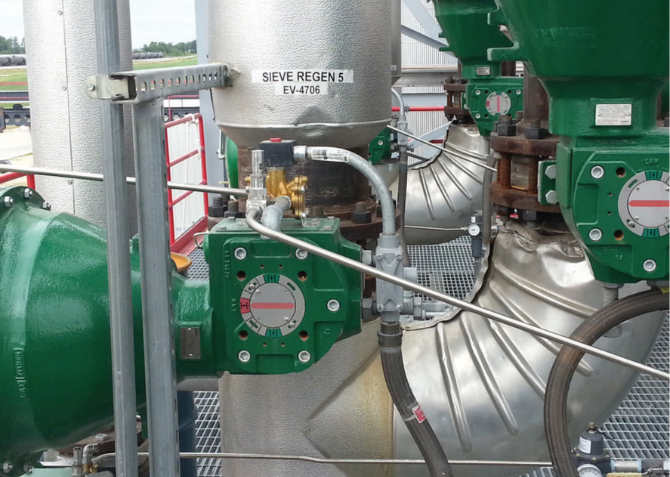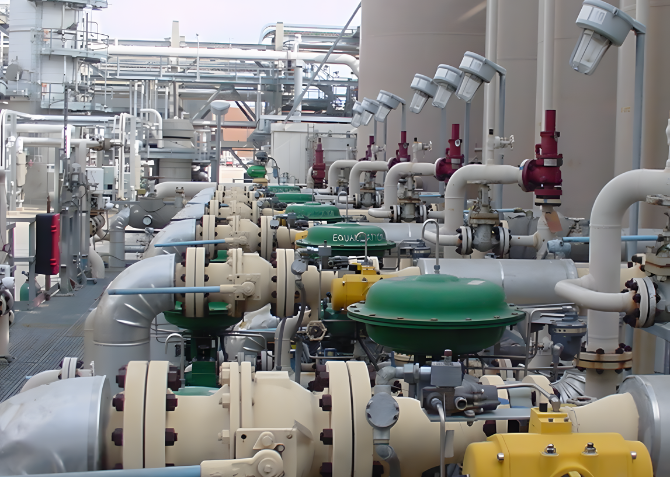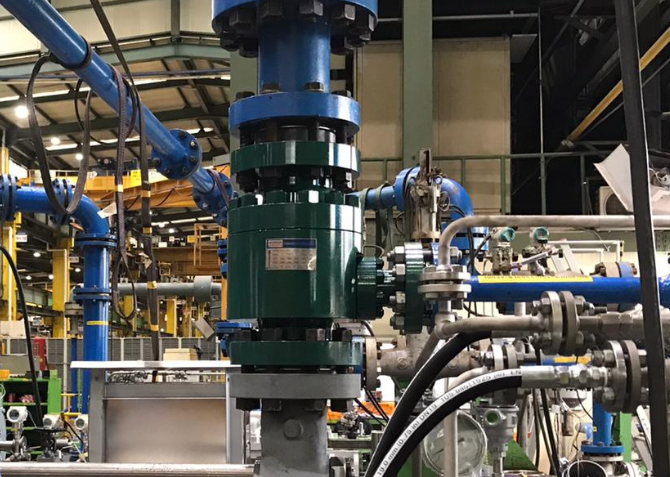+1 866-700-9858
6923 Narcoossee Rd. Ste. 612
Orlando, Fl. 32822
Challenges and Solutions
PULP AND PAPER INDUSTRY
- HOME
- > PULP AND PAPER INDUSTRY
Pulp & Paper Industry:
An Overview of the Industry Challenges, Its Economic and Environmental Impact
The pulp and paper industry, in recent years, has seen some difficult times. However, it’s likely that no other manufactured product plays a more significant role in daily human activity than paper products. Paper provides the means to recording and disseminating most of today’s information, news, and data.
The pulp and paper industry is a significant contributor to the global economy, employing millions of people worldwide and generating billions of dollars in revenue each year. However, the industry also has a significant environmental impact. The production of paper requires large amounts of water and energy, and the industry is a significant contributor to deforestation. High energy costs and too much process variability are just the beginning of the challenges faced by the pulp and paper industry.
Economic and Environmental Impact
The pulp and paper industry is a significant contributor to the global economy. The industry employs millions of people worldwide and generates billions of dollars in revenue each year. However, the industry also has a significant environmental impact. The production of paper requires large amounts of water and energy, and the industry is a significant contributor to deforestation.
How Acd America Corporation has helped improve the processes in this area?
The uses and applications of paper and paper products are truly vast, and new products are constantly being developed. At the same time, the industry itself faces much competition. The key to remaining competitive today is to adopt and maintain reliable technologies to keep your mill operating at peak performance levels. To do so, you need control valves and technologies that stand up to even the most adverse conditions like erosive slurries, scaling, noise, and vibration while maintaining tight loop control. Some designs and technologies used in these plants are:
Fisher V-Ball for Pulp and Paper Plants: Rotary control valves are highly efficient rotary valves that are ideal for use in pulp and paper plants. The valves are designed to provide precise control of flow and pressure, which helps to improve the quality of the final product. Fisher V-Ball valves are also easy to maintain, which helps to reduce downtime and increase productivity.
Fisher GX control valves: are designed to meet a wide range of flow and pipeline sizing requirements. The valves are easy to select and require no actuator sizing. Fisher GX valves are engineered for easy maintenance and offer maximum part commonality across sizes. The valves are also designed to be low profile and robust, which helps to reduce lifetime costs.
Fisher Delta-V: is a compact, state-of-the-art control valve and actuator system that is designed to control a wide range of process liquids, gases, and vapors. The system is rugged, reliable, and easy to select. Fisher Delta-V requires no actuator sizing, and the actuator selection is automatic once the valve body construction is selected.
Datian ARC valves: are designed to provide precise control of flow and pressure in centrifugal pumps. The valves are ideal for use in pulp and paper plants, where precise control is essential for maintaining product quality. Datian ARC valves are also easy to maintain, which helps to reduce downtime and increase productivity.
Explore our insights and join us in shaping the future of energy.
| Worldwide Statistics |
| The global pulp and paper market size was valued at $368.10 billion in 2020. |
| The Asia Pacific region is the largest market for pulp and paper, accounting for over 40% of the global market share. |
| The United States is the second-largest producer of paper products, with an annual production of over 70 million metric tons. |





